This post contains affiliate links, meaning if you click through and make a purchase, I may earn a commission at no additional cost to you.
If you’ve been to the Basque Country or know anything about it, you’ve probably seen the Basque flag a few times. Growing up, the Basque flag was at every Basque American event I went to.
During a flag project in third grade, I chose to draw it but got the colors mixed up. I only realized my mistake once I filled out a green background instead of red, and it looked all wrong. No one else in the class knew what the Basque flag was supposed to look like anyway, so I just started over.
The flag is like our own secret emblem. When you see it out in the world, not in the Basque Country, it’s something to get excited about. A sign that our fellow Basques are around.
I’ve always known how the flag makes me feel, but I decided to do some research into where it came from and what it means.
I hope you find some of this information useful!
Invented in 1894 by brothers Luis and Sabino Arana
The Arana brothers were trying to create flags for each of the 7 provinces of the Basque Country, and what we now know as the Basque flag (Euskara: ikurriña) was supposed to be the flag for Bizkaia. However it proved to be popular and soon came to be accepted as the flag for all of the Basque Country.
The ikurriña was publicly displayed for the first time on July 14, 1894 outside the party headquarters of the Basque Nationalist Party (EAJ-PNV), Euzkeldun Batzokija, in Bilbao. (For context, Sabino Arana founded the Basque Nationalist Party.)
The name of the Basque flag, ikurriña, derives from the Basque word ikur, meaning “mark” or “sign” and was also invented by the Arana brothers.
Modeled after the Union Jack
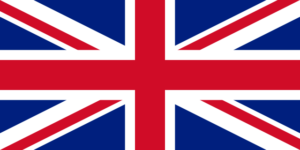 Some say that the Basque flag was deliberated modeled after the Union Jack, the national flag of the United Kingdom, because Great Britain was the first economic power in the world at the time. Some also say it was because Bizkaia had a long history of trade with Britain.
Some say that the Basque flag was deliberated modeled after the Union Jack, the national flag of the United Kingdom, because Great Britain was the first economic power in the world at the time. Some also say it was because Bizkaia had a long history of trade with Britain.
Symbolic Colors
There are differing accounts of what the colors of the Basque flag represent. Here are a few that I’ve read:
- Red = Bizkaian or Basque people
Green = Oak of Gernika or fueros of Bizkaia
White = Catholic devotion - Red = blood the people of the Basque Country are willing to shed for their land
Green = independence
White = Catholic devotion - Red = coat of arms of Bizkaia
Green = humbleness, suffering, and hope
White = ethical values of the Basque people
Growing up, I was also told the colors were chosen because they reflect the landscape of the Basque Country: white houses with red tile roofs on green hills.
So as you can see, there’s no definitive answer on what the colors mean. But overall, the white cross seems to be commonly understood as representing the Catholic Church.
Historical Uses
The Basque National Party officially adopted the ikurriña as their flag in 1895, and in 1933 they proposed it as the flag for the entire Basque Country.
During the Spanish Civil War, the ikurriña was used as the Naval jack of the Basque Auxiliary Navy, a division of the Spanish Republican Navy operating in the Bay of Biscay. But with the military defeat of the Basque Government in 1938, the fascist regime of General Franco prohibited the ikurriña from being displayed.
It continued to be used in Iparralde, the Basque provinces in France.
For decades thereafter in Spain, flying the ikurriña was used as a symbol of defiance against the Franco regime. One of the first actions of ETA involved placing Basque flags in public places.
However after the death of Franco and the Spanish transition to democracy, the ikurriña was legalized in 1977 and adopted by the Basque Autonomous Community as its official flag in 1979.
Present Day Uses
Today, the ikurriña is seen as the national but unofficial symbol of the entire Basque Country. It is still the flag of the Basque Nationalist Party and Basque Autonomous Community.
It is also used in the unofficial flag of Saint Pierre and Miquelon, an overseas territory of France off the Canadian coast near Newfoundland and Labrador.
And it is used in the official flag of Johnson County, Wyoming, where there was a significant population of Basque immigrants in the 20th century.
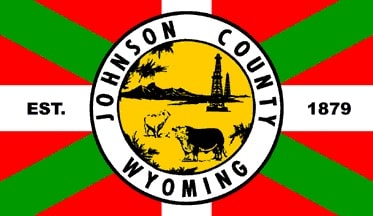
Photo: Jens Pattke
Throughout the Basque diaspora, the ikurriña is often displayed at events.
CONTINUE READING:
- All About Basque Blood Types (VIDEO)
- Tips for Researching Your Basque Genealogy
- Your Ancestry DNA Results Say You’re Basque – What Now?
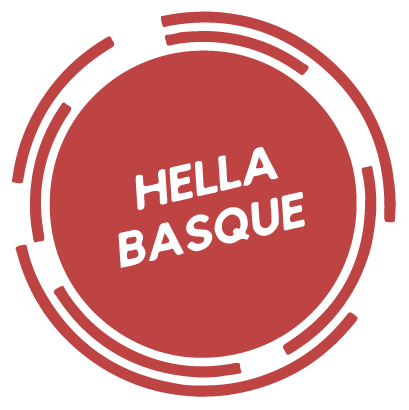
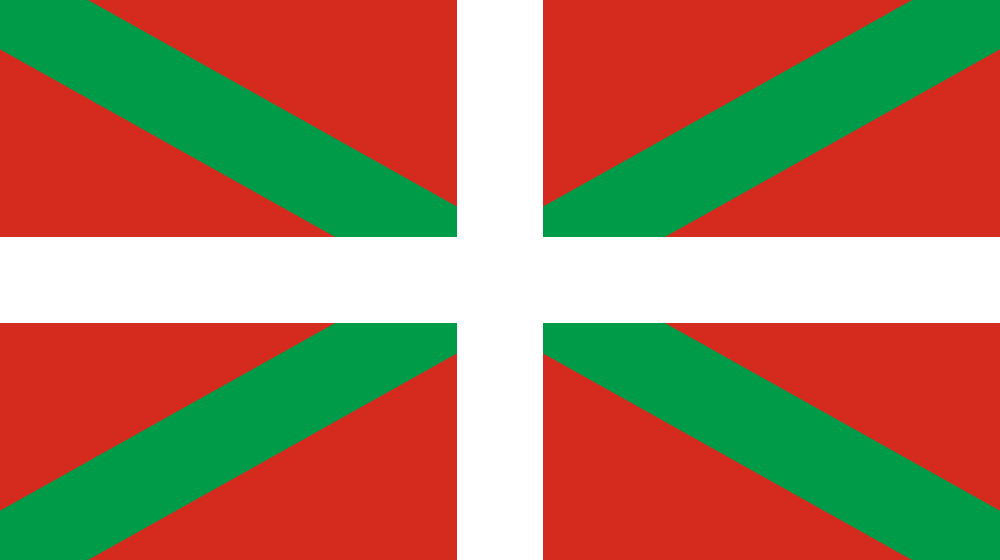
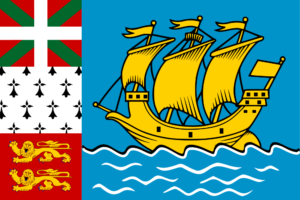
Facebook Comments